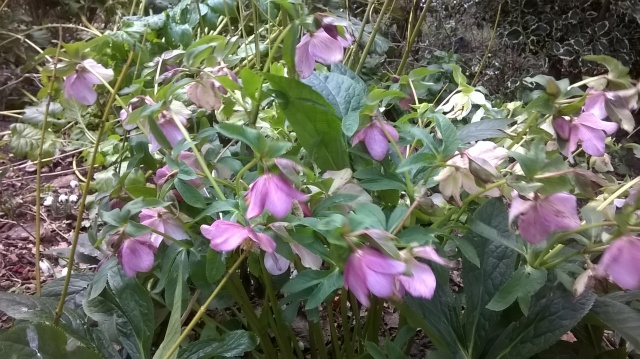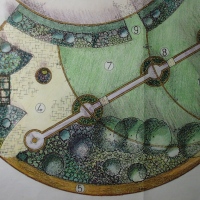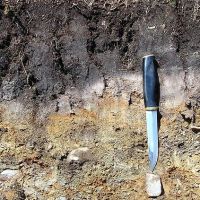
A magnificent Kitchen Garden ‘out front’ in Drummondsville, Quebec, Canada
Front Gardens under the Spotlight
A new study to help understand what impact front gardens have on their owners and passers-by has been commissioned by the Royal Horticultural Society (RHS). Scientists from the RHS are teaming up with academics from the Universities of Sheffield (UK) and Virginia (USA).
They’ll be employing a PhD student to help determine how gardening affects the mood and psychological health of people who have not gardened before, by helping them, amongst other things, to ‘green over’ once paved front gardens. The societal value of gardens will also be evaluated by gathering information on the extent to which gardening encourages communication and engagement between garden owners, neighbours and passers-by. Here’s a video about the creation of the ‘kitchen garden out front’ in Quebec, Canada.
Part of the RHS campaign ‘Greening Grey Britain’, the new research will seek evidence to make the case for gardening to local and national government, supporting what many of us instinctively know- that green spaces have positive impacts on health and well-being.
On a similar theme, the RHS Hampton Court Flower Show this year will feature four front gardens designed and created by winners of a new competition being hosted by the RHS and BBC Local Radio to design a front garden.
Anyone can enter a ‘feel-good garden, celebrating the health benefits of gardening and taking inspiration from where they live.’


 Credit: Alvise Forcellini, 2006
Credit: Alvise Forcellini, 2006 













 This week’s gardening session focused on the avenues in the wilderness garden at Blickling. Gardener Ed led the volunteers to continue felling, gathering, shredding and stacking wood from the trees and overgrown shrubs alongside one of the routes radiating away from the House.
This week’s gardening session focused on the avenues in the wilderness garden at Blickling. Gardener Ed led the volunteers to continue felling, gathering, shredding and stacking wood from the trees and overgrown shrubs alongside one of the routes radiating away from the House. Ed set to work with an impressive chainsaw attachment on an extended pole which made cutting off offending boughs look pretty easy. He later used a more conventional chainsaw to reduce some overgrown hollies to stools, form which bushes will re-sprout.
Ed set to work with an impressive chainsaw attachment on an extended pole which made cutting off offending boughs look pretty easy. He later used a more conventional chainsaw to reduce some overgrown hollies to stools, form which bushes will re-sprout.









